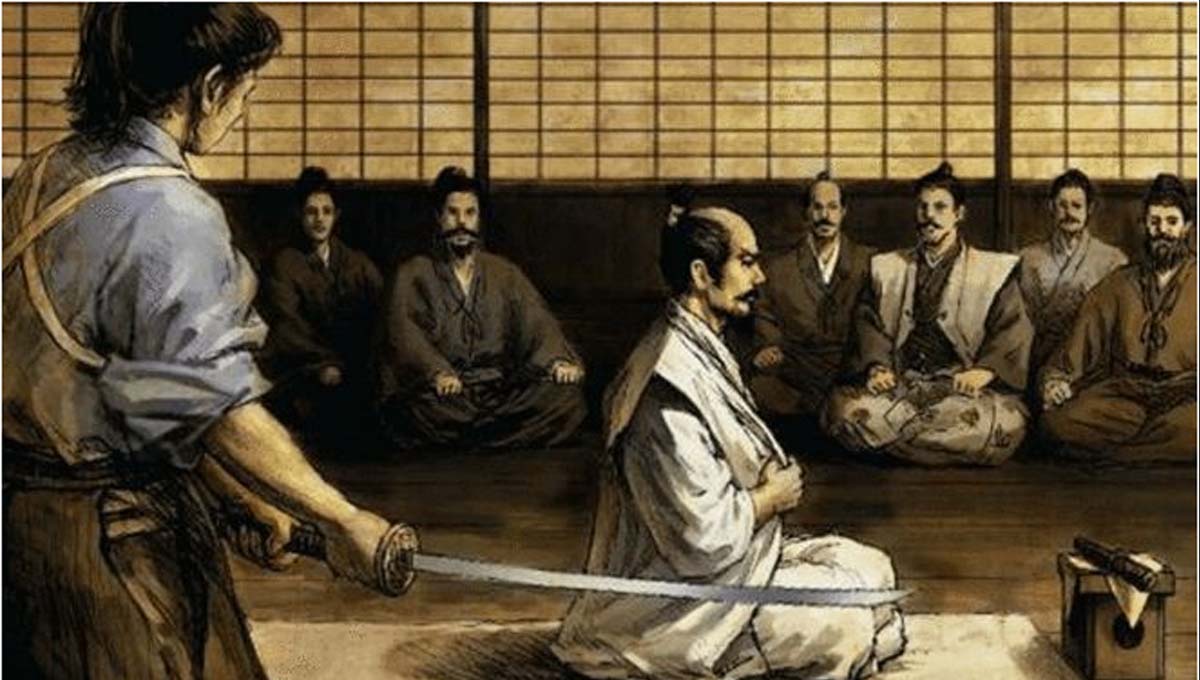Chinese Warriors vs. Japanese Warriors
Chinese Samurai vs Japanese Samurai are two distinct warrior traditions, shaped by different historical and cultural backgrounds, each with its own strengths and characteristics. Below is a more detailed comparison of Chinese and Japanese warriors:
Chinese Warriors:
Ancient:
- Weapons: Ancient Chinese warriors used a variety of weapons in combat, including spears, long swords, halberds, bows and arrows, and knives. China has a rich tradition of swordsmanship, with famous swords like the Han Jian and Tang Dao widely revered.
Philosophy*: Chinese martial arts emphasize not only techniques but also philosophical ideas such as Tai Chi. Warriors pursued harmony of body and mind, focusing on internal strength and meditation.
Military Strategy*: Chinese warriors have a rich tradition of military strategy, exemplified by Sun Tzu’s “The Art of War.” These strategies emphasize tactics and wisdom for achieving victory in battle.
Modern:
- Martial Arts: Modern Chinese warriors continue to carry on the ancient traditions, emphasizing flexibility and internal power. Chinese martial arts have a global following, attracting enthusiasts and learners from around the world.
Japanese Warriors:
Ancient:
- Weapons: Ancient Japanese warriors primarily wielded the katana and wakizashi. These swords were known for their exquisite craftsmanship and razor-sharp blades, playing a crucial role in combat.
Bushido*: The Japanese samurai practiced Bushido, a code of loyalty, honor, and self-discipline. They regarded their swords as their souls and placed great emphasis on skill and honor.
Warring States Period*: During the Warring States period, Japanese warriors showcased their prowess through tactics and strategies. Ninjas were also an essential part of this era, emphasizing secrecy and cunning.
Modern:
- Martial Arts: While modern Japan no longer has a warrior class, the tradition of the katana and Japanese swordsmanship endures. Contemporary martial arts like Kendo and Iaido still emphasize the use of swords and techniques.
- Cultural Heritage: Japanese Bushido and swordcraft are highly respected internationally, drawing people from around the world to study and appreciate them.
In conclusion, Chinese and Japanese warriors have unique traditions and cultures that have evolved over centuries. Chinese warriors are characterized by diversity and internal strength, while Japanese warriors are known for Bushido and sword craftsmanship. Both have garnered international acclaim, attracting martial arts and sword enthusiasts worldwide. The choice of which tradition suits an individual depends on their interests and values.

